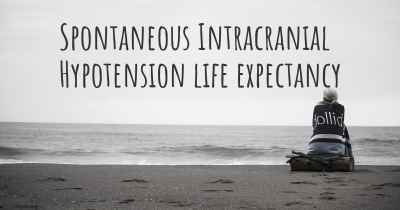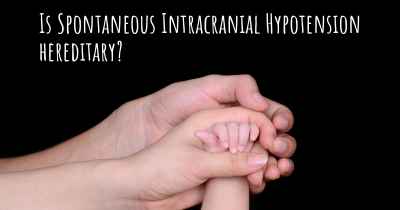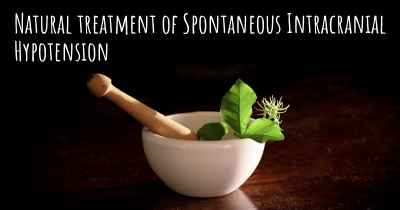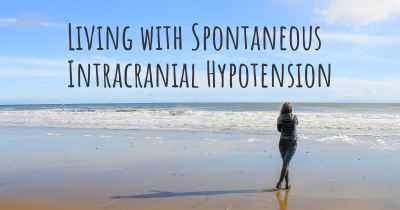Is it advisable to do exercise when affected by Spontaneous Intracranial Hypotension? Which activities would you suggest and how intense should they be?
See if it is advisable for people with Spontaneous Intracranial Hypotension to practice sports and which ones are the most recommended if you have Spontaneous Intracranial Hypotension
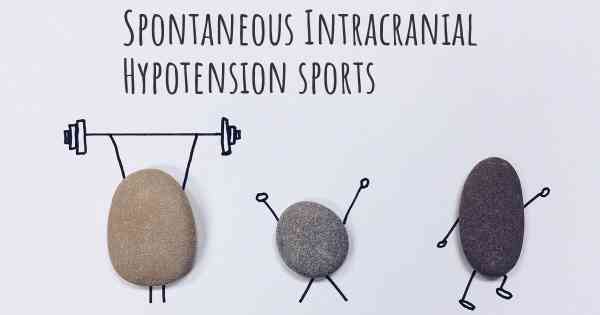
Spontaneous Intracranial Hypotension (SIH) is a condition characterized by low cerebrospinal fluid (CSF) pressure, resulting in severe headaches and other neurological symptoms. When affected by SIH, it is important to approach exercise with caution and seek guidance from a healthcare professional. While exercise can have numerous benefits for overall health, it is crucial to consider the potential risks and limitations associated with SIH.
Consulting with a healthcare professional is essential before engaging in any exercise regimen when affected by SIH. They can provide personalized advice based on your specific condition, symptoms, and overall health. They may also recommend certain activities or modifications to ensure your safety.
Low-impact exercises are generally more suitable for individuals with SIH. These activities minimize strain on the body and reduce the risk of exacerbating symptoms. Some recommended exercises include:
- Walking: Walking is a low-impact exercise that can be easily adjusted to your fitness level. Start with shorter durations and gradually increase the distance as tolerated.
- Swimming: Swimming is a great option as it provides cardiovascular benefits without putting stress on the joints. However, diving or any activities that involve sudden changes in pressure should be avoided.
- Cycling: Cycling, whether outdoors or on a stationary bike, is a low-impact exercise that can be beneficial for cardiovascular health. Adjust the intensity and duration based on your comfort level.
- Yoga and stretching: Gentle yoga poses and stretching exercises can help improve flexibility, reduce muscle tension, and promote relaxation. Avoid any poses that involve inversions or excessive strain on the neck.
Intensity of exercise should be approached cautiously when affected by SIH. Start with low-intensity activities and gradually increase the intensity as tolerated. It is important to listen to your body and avoid pushing yourself too hard, as overexertion can potentially worsen symptoms.
Monitoring symptoms during and after exercise is crucial. If you experience a significant increase in headache, dizziness, or any other concerning symptoms, it is important to stop exercising and seek medical attention.
Hydration is another important aspect to consider. Adequate fluid intake can help maintain CSF volume and potentially alleviate symptoms. However, excessive fluid intake should be avoided, as it can lead to increased CSF production and potentially worsen symptoms.
Overall, exercise can be beneficial for individuals affected by SIH, but it should be approached with caution and under the guidance of a healthcare professional. Low-impact activities such as walking, swimming, cycling, and gentle yoga can be suitable options. Start with low intensity and gradually increase as tolerated. Monitoring symptoms and staying hydrated are important considerations. Remember to consult with a healthcare professional for personalized advice and recommendations.
